
12 May TIO Savannah: Walking & Talking with Brad & SCAD
Even favorite aphorisms can have geography. Take “saved by the bell” for example. The expression refers to a knock-down in the ring, a slow count of ten and a bell, which saves a fighter from defeat.
Well yes – at least in some parts of the country.
But not in Savannah.
According to our new BFF William Bradford Spinks – just Brad to his friends– that truism more or less emerged from the grave.
In the mid-18th century (around 1740) when Savannah’s major burial site, first Christ Cemetery, soon Colonial Park, was first constructed, doctors relied upon three simple tests to determine if a person were alive or dead: no pulse, no heartbeat, and no moisture from the breath on a mirror placed under a patient’s nose, you were declared dead. Almost. If there were the tiniest thread of doubt, the body was placed in an casket with a string attached to a foot or arm. The string was then attached to a post, which held the bell. If the corpse woke up alive, it would twitch frantically on the string to escape an early grave – and the bell would ring. And became a “dead ringer,” “saved by the bell.”
“Keeping up with the Joneses?” That expression may be a tribute to Savannah stalwart Noble Jones, after whom the city’s longest street is named. Jones was ahead of his time, dapper, smart, technologically advanced. A trendsetter.
Or so Brad’s story goes.
And Brad has lots and lots of stories to share.
Brad Spinks is owner/general manager of Savannah Walks, a company (since 1996) specializing in “tours for the educated traveler.” No one would mistake Brad for a marathoner, but he seemed unstoppable as he led the charge on our 6-hour customized march through Savannah’s National Landmark Historic District.
Established in 1733, Savannah is the oldest city in Georgia, a strategic port during the American revolution and during the Civil War – or “War of Northern Aggression” per our host (tongue firmly planted in cheek). Today the city remains an industrial center and major Atlantic seaport.
Downtown Savannah largely retains the original town plan laid out by founder James Oglethrope, a social reformer who hoped to resettle British’s poor, especially those in debtors’ prison, in the New World, which is why, for years, explained Brad, the city had no slaves, just deadbeats (my spin ) as workers.
Tall proud oaks hung with moss (Spanish and otherwise) line quiet, cobblestone streets populated by graceful houses, many with two names, a tribute to the first and second owners: Harper Fowlkes House, 1848; Mercer-Williams House, completed in 1869 and the site of an infamous murder – or was it self defense? – featured in John Berendt’s bestseller (1999) “Midnight in the Garden of Good & Evil”; Owen Thomas House, 1818; Philbrick-Eastman,1844; Hamilton-Turner House, 1873, the first in town to be lit by electricity in the form of Tom Edison’s newly invented light bulb and the model, based on a visit by Walt, of the Haunted House in Disneyland; Green-Meldrim House, 1846, home base for General William T. Sherman during the Civil War.
Why in the world did Mr. Charles Green invite the head enemy into his fabulous Gothic Revival mansion? Short answer: the dude was smart. With Sherman as his doorstop, his home, his cotton, and his vast art collection would be guaranteed protection from grasping Yanks.
These and other lovely homes, prime examples of Gothic revival, Regency, Greek revival, Queen Anne, even Sears Roebuck (1902) – yes, at one time the famous catalog company sold homes that came with everything but bricks and nails – are set around lovely park squares, named after local heroes.
Houses sport distinguishing features such as wrought iron finishings (only homes with wrought iron boot scrapers were considered top of the line); “embracing arms” staircases, or stairs to the left and right of the main entrance so men and women could enter separately, thus minimizing the risk of revealing a stocking (shocking) or ankle to leering eyes; rounded front portico because ghosts or “haynts,” so some believed, hid in right angles; and lots of creeping fig, but not so much ivy, thought to be more invasive.
A number also feature ghosts.
Apparently Savannah is catnip for ghosts.
When Brad talks about his haunts, take him literally.
Frances Sorrel, a shady merchant from the West Indies, came to town with his wife and built a beautiful mansion with a parapet with elliptical arches, a sweeping double entrance and Doric columns on the portico. But Frances had an eye for the ladies and an affair with a maid named Molly. Having overheard her hubbie chatting to his friends about his dalliance, the wife despaired and wound up jumping off the roof to her death. Her sons took revenge and hung Molly. The Sorrel-Weed House is a stop on all ghosts tours of the city.
But likely the most haunted house in town is The Hampton Lillibridge House, 507 East Saint Julien Street on Washington Square, built in 1796 by Rhode Islander Hampton Lillibridge right on top of an ancient crypt dating back to early colonial times. During construction (or a remodel?), per Brad, a workman was supposed pulled inexorably toward the fire place. Blood stains from fingernails were found in the floor boards as the man tried to resist the powerful force in the chimney (Santa?) pulling him in. With the crypt reburied, perhaps the curse is now lifted.
Boy, have I got a deal for you….
Chief Tomo Chi-Chi, a British ally, haunted Wright Square for awhile, until his disturbed gravesite was restored to its former dignity.
Of course the aforementioned cemetery is a frat house for spooks too. And small wonder. During the Civil War, Sherman had some of his soldiers camp in the burial site. In order to pitch tents, the soldiers had to knock down tombstones. They also camped out in crypts, likely setting the remains on fire for warmth. Gravestones were used for target practice. For fun, dates were scratched out and replaced with made up months and years: Civil War graffiti.
Savannah is home to the Georgia Historical Society, the oldest continually operating historical society in the South. It boasts one of the first public museum, the First African Baptist Church (and one of the oldest African-American Baptist congregations in America); Temple Mickve Israel, circa 1873, the third oldest synagogue in America and the only one built in the Gothic revival style, houses the oldest Torah in the country; and the Savannah Theatre, built in 1819 by William Jay (who also built the Owen Thomas House with its rounded portico), is the oldest operating performing arts venue in the country. There is even an exotic storefront on the site of what once was a stable built by an Arabian prince for his prized horses that Henry Ford came to use as a factory for Model Ts.
Over the centuries, Savannah survived war, fires, epidemics such as Yellow Fever, and demolition, but the Hostess City of the South always rises from the ashes, restored to its sublime, seductive beauty.
Savannah is also a place where ties to the Old South – genteel ladies, “Southern Belles” and well-heeled gents still drawling their speech – will never die.
In fact, it could be argued Savannah is a meme for the Old South.
Before we parted ways, Brad told us about the upcoming Confederacy Ball. He would for sure be wearing a copy of an authentic uniform- gray, not blue. Hosts check the thread count at the door.
SCAD (Savannah College of Art & Design) Museum:
In Savannah, art students abound, likely eclipsing the number of tourists. The Savannah College of Art & Design is relatively new, established only in 1978, but the school without a central campus grew like a creeping fig to take over the city, buying up major chunks of real estate and converting them (beautifully) to residences, classrooms, shops – and a wonderful contemporary art museum, which we visited before meeting up with Brad.
By showcasing the work of world-renowned artists, curators inspire students to push boundaries. The work of one of our favorite artists, now on display, is a case in point.
We first encountered Xu Bing at MASS MOCA, where his Phoenix Project was housed in October 2013.
Xu Bing had fashioned his two fabulous birds from garbage and construction waste in response to the shock and dismay he experienced after viewing one of China’s many construction sites. The sleek modern building was going up on the backs of poor workers laboring under dismal conditions, a pattern being repeated throughout a country experiencing hysterical growth.
There were no 100-foot long birds at SCAD, but one room housed Xu Bing’s faux tiger skin, made from about 500,000 cigarettes arranged so that the white papers and tan filters create the illusion of the animal’s markings. “1st Class,” (2011), is a symbol of colonialism and luxury in Asia and a reference to the history of the global tobacco trade, a boon to many economies, and the industry’s complex role as both favored indulgence and dire health threat.
“Background Story,” a large vertical light box, is based on an ancient work owned by the Metropolitan Museum of Art. To replicate the screen, Xu Bing again worked with a collection of waste materials, this time, fired plants and other debris. He arranged the detritus for all the world to see on the reverse of frosted glass panels, recreating the mountain and trees, ink washes, lines, textures, and brushstrokes. The artist claims the piece is a dialogue with artists who have come before him. He has also compared his method of working to painting with light rather than pigment.
The SCAD show, open through July 3, features other light boxes, which playfully echoed delicate brushstrokes of Xu Bing’s artistic ancestors by repurposing plastic bags, refuse, twigs, leaves, and other found material.
The exhibition culminates with Xu Bing’s animation, ‘The Character of Characters,” a look at the history of Chinese calligraphy that also plays with current social challenges his country faces.
Appropriation, re-imagining, re-purposing and resurrection lie at the heart of Xu Bing’s creations: “Things Are Not What They First Appear.”
They are so much more.
Appropriation, re-imagining, re-purposing and resurrection also lie at the heart of the work of Nari Ward, a Jamaica-born artist now based in New York. Ward used objects often culled from his neighborhood to comment on socio-political and racial challenges that hit closer to home than Xu Bing’s commentaries about China. The work according to the artist, is meant to “address issue related to consumer culture, poverty and race.”
Both Xu Bing and Ward hold up mirrors to our world. But Xu Bing seduces and convinces with beauty. Ward goes for the gut: the beauty and wizardry of his transformations follow.
(Through June 27.)
Burundi native and former refugee Serge Alain Nitegeka’s “Structural-Response II” is a monumental installation by the artist who purportedly loves to watch the crowds, whom he called “participators,” winding their way through the amazing site-specific mazes he creates, the forced migration turning everyone into “co-creators” of the work.
Nitegeka’s sculptures are reflections of his decades-long experiences as a refugee and asylum seeker, experiences of discord, disorientation, and dislocation.
(Through July 19.)



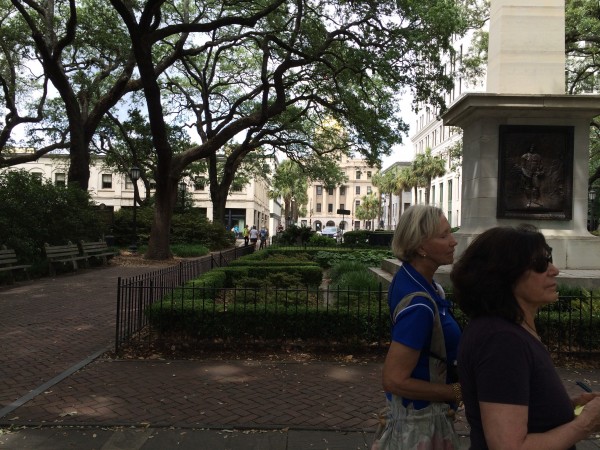
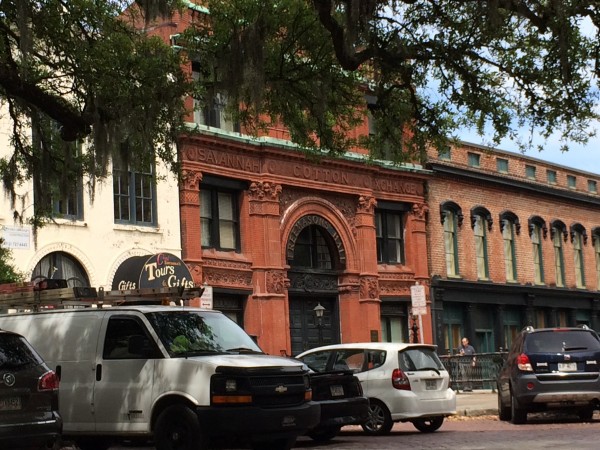
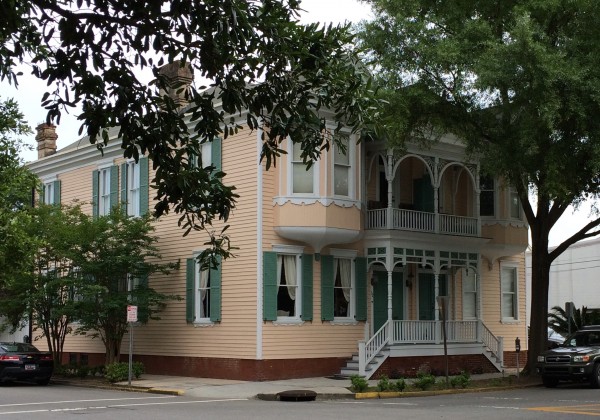
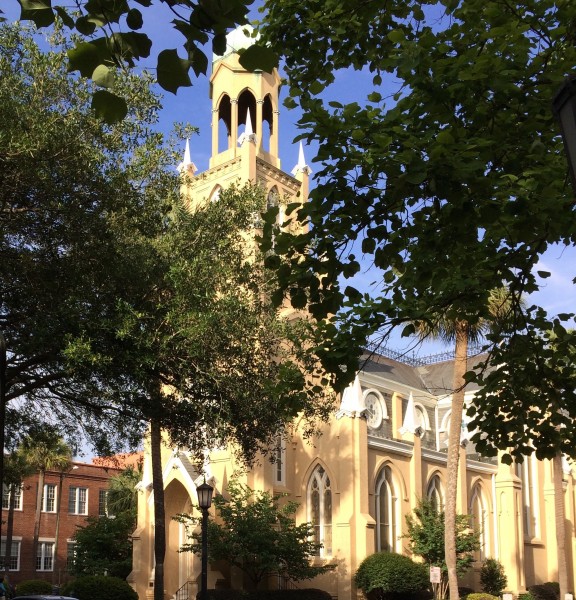
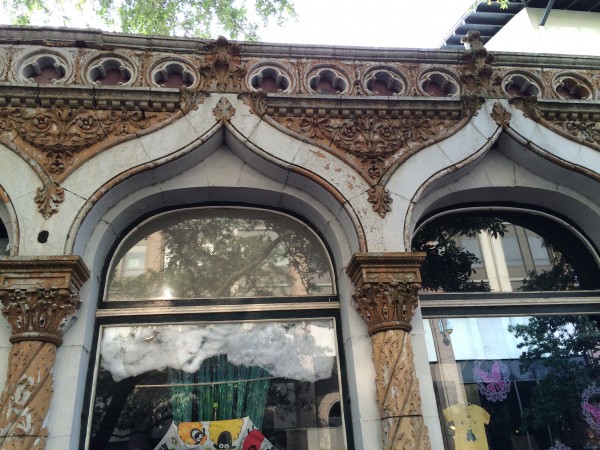
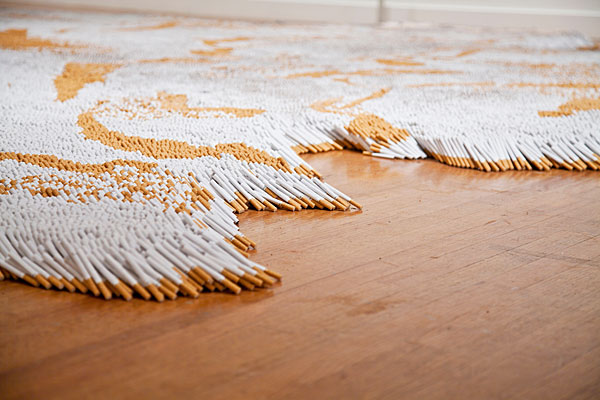
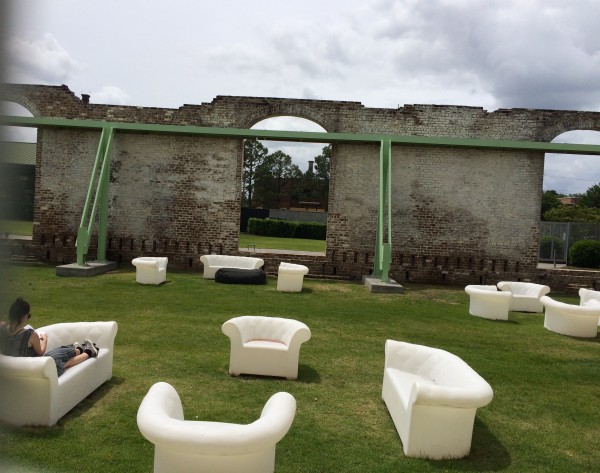
Sorry, the comment form is closed at this time.